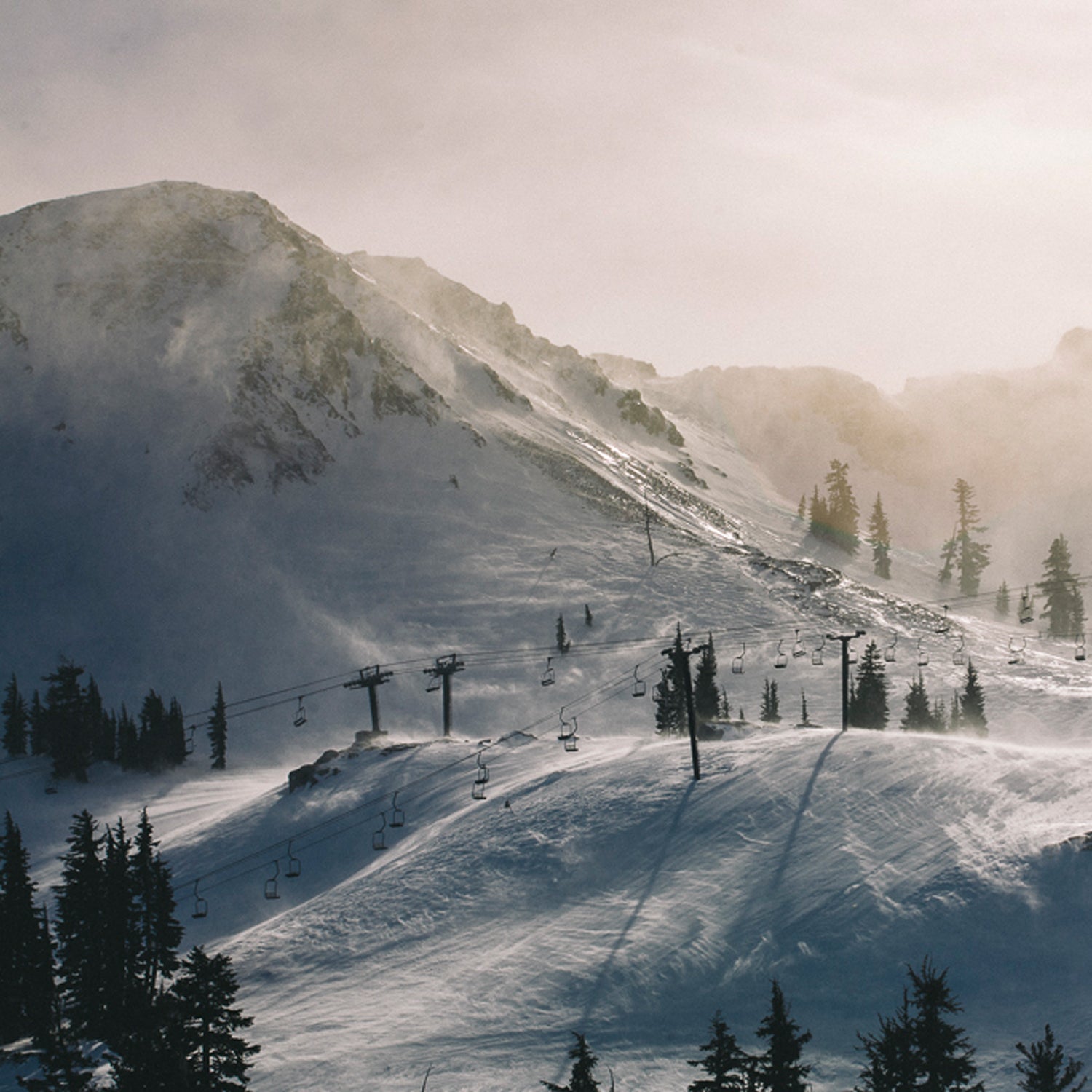In an aggressive move to market season passes to skiers in drought-stricken California, Lake Tahoe’s Squaw Valley/Alpine Meadows resort has launched a novel program that gives credits for unused days that can be put towards the following season. The , announced today, includes rollover days for silver and gold level passes purchased before May 7.
The new $789 adult Gold Tahoe Super Pass gets skiers unlimited access to Squaw Valley/Alpine Meadows, plus four additional days at both Sierra-at-Tahoe and Sugar Bowl, as well as 50-percent off lift tickets at the eight resorts that are part of the , including Jackson Hole, Alta-Snowbird, and Sun Valley. But if the pass holder is unable to ski at least four days during the upcoming season for any reason (not just poor conditions), they get a $100 credit for each unused day. Meaning if they don’t ski at all, their 2016/17 pass would be discounted by $400.
The announcement comes at the tail end of a season that has seen some Sierra Nevada resorts close early due to the lack of snowpack. Around Lake Tahoe, suspended operations on March 16 and shut down for the season this past Sunday. Squaw Valley had to cancel World Cup skicross and snowboardcross events it was scheduled to host earlier in March.
“I could see something like this being adopted up and down the West Coast, given the snow conditions of the past few seasons.”
The unreliable weather could easily lead skiers and riders to shy away from buying season passes for next year. “We have a remarkably loyal and resilient customer base, but even that has been tested by way of the weather over the past few years,” Squaw Valley Ski Holdings CEO Andy Wirth told ���ϳԹ���. “We’re acknowledging the reality of what the weather is providing us in terms of variability of conditions.”
The rollover days are also another big step forward in the frenetic evolution of bundled season passes that has taken place in recent years. Vail Resorts’ , which launched in 2008 and now gets you unlimited access to 11 resorts, spurred the development of combo-pass programs at other ski areas. Today, most large resorts offer passes that give holders days of skiing at other mountains, plus perks like discounts for friends and family, food coupons, and discount rentals. Some companies owning multiple resorts are now banding together as well. Earlier this month, , , and announced that they’ve joined forces to create the . It’s the largest pass so far, encompassing 22 resorts across the U.S. and Canada.
Still, Squaw Valley/Alpine Meadows’ choice to let skiers apply credits from one season to the next is unprecedented. “I don’t know that anyone has done anything like that,” says Rick Kahl, editor of Ski Area Management magazine. “I think it makes good sense for them to do it. What it does is give people a little more confidence that they’re going to get value out of their pass.”
Should the program work out well, Wirth says he can see it remaining in place even if the drought eases. He also notes that despite the dry conditions, Squaw Valley has increased season pass sales by 40 percent over the past three or four years, and the “worry-free guarantee” could only boost that.
Kahl believes that other resorts, even ones not dealing with drought, may follow Squaw Valley/Alpine Meadows’ lead. “I could see something like this being adopted up and down the West Coast, given the snow conditions of the past few seasons,” Kahl says. “And if it proves very successful, resorts nationwide might adopt it. It simply makes advance pass purchases less risky, and that could encourage more skiers and riders to pull the trigger this spring, to capture the best possible pass price.”


